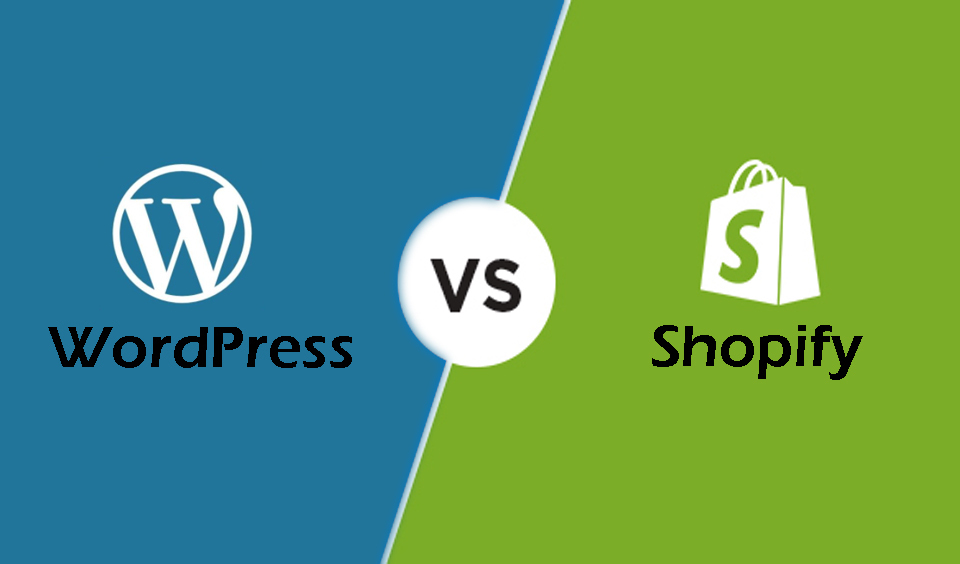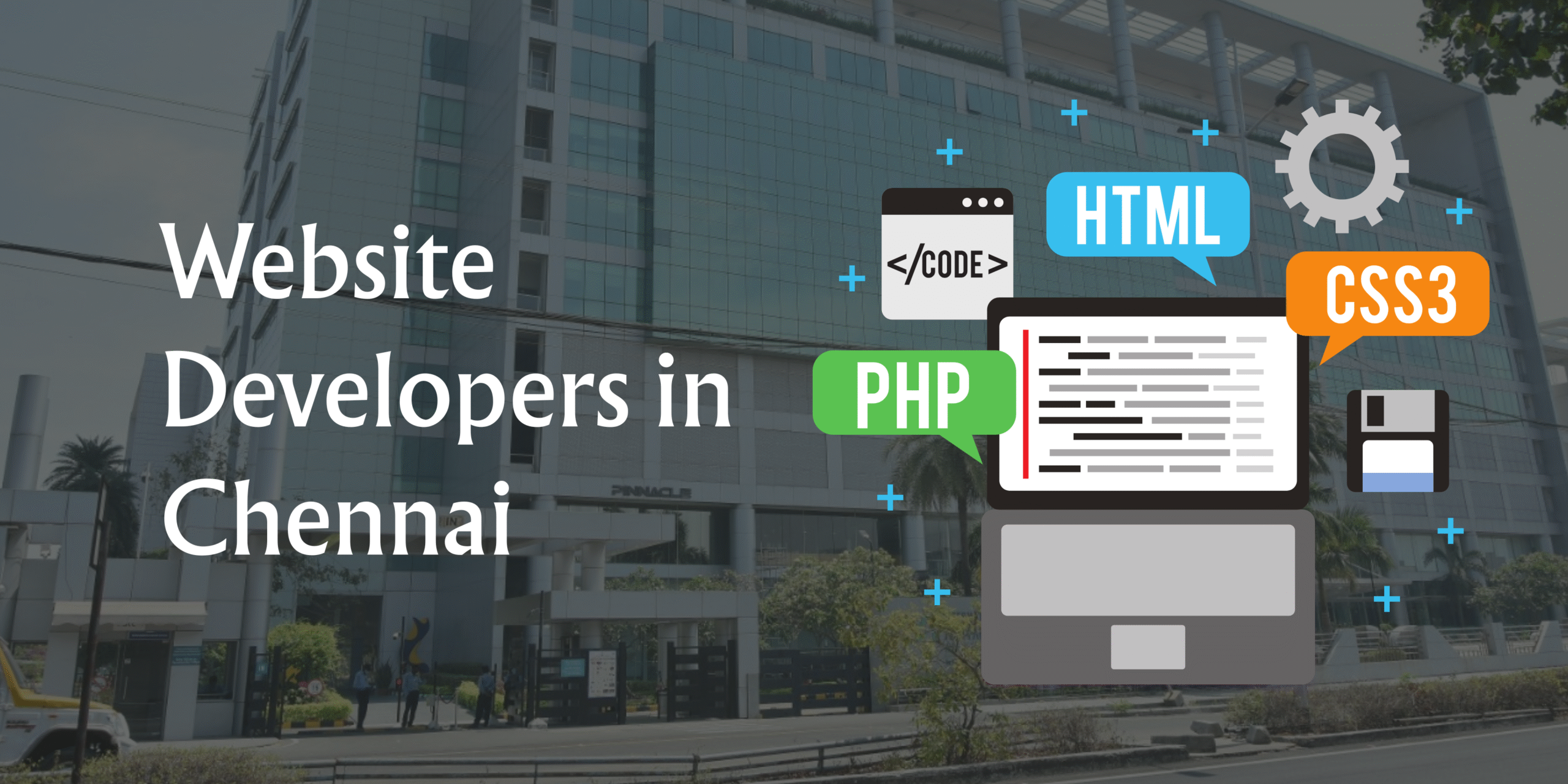In today’s digital landscape, a website is your online base. Regardless of whether you’re starting a blog, a portfolio, or an e-commerce empire, the type of platform you choose can either set you up for success or failure. The two main players are WordPress, which powers over 40% of the web and allows you unparalleled flexibility and customization, and Shopify, a more focused e-commerce platform that makes it easy to build an online store.
But what’s better for you? It really depends on what your goals are, your level of technical skills, your budget, and what you want for the future. As one of the leading web development companies, Code Inc Solutions has assisted hundreds of businesses in making this decision, from bootstrapping startups to the enterprise brand. In this long-form post, we will break down the important information on features, cost, pros, cons, and when to use each to help you sip from the fire hydrant of information to assist in making your decision.
What is WordPress? An In-Depth Look
Originally released in 2003 as basic blogging software, WordPress has become a full-fledged Content Management System (CMS). It is also classified as “open-source,” which means it is free to use and free (within some licensing limitations) to modify, has more than 60,000 plugins to extend the core features, a vast program of themes for re-skinning sites, and a very active community, thus creating a huge ecosystem.
Important Aspects of WordPress.
- Content Management: All of the content creation and management is performed in a compelling and visually intuitive dashboard. The Gutenberg block editor delivers drag-and-drop ease of use.
- Open-Source Development and Design: There are more than 10,000 free themes in the official theme repository, in addition to many premium themes. Also, there are a multitude of page builders like Elementor and Divi to help create sites with a no-code approach.
- Anything is Possible with Plugins: There are more than 60,000 WordPress plugins available, ranging from Woo Commerce (ecommerce) to Yoast SEO (search engine optimization) to Jetpack (security and performance).
- – E-commerce with Woo Commerce: Woo Commerce can turn any site into a store with plugins to accept payments, manage shipping, and manage inventory seamlessly.
- – If You Host, You Can Manage: WordPress can be deployed using self-hosted sites (in which you manage the server) or managed sites (like WP Engine) and hosted on most any web host out there.
Benefits of WordPress
- Ultimate Flexibility: WordPress lets you create anything you want—a blog, a corporate site, a member portal, a complex marketplace, etc.
- Search Engine Optimization (SEO) Dynamo: The starter tools and plugins help ensure that WordPress is search engine-friendly. Google favors its clean code, and it has many plugins that improve site speed.
- Community & Support: There are many free forums, tutorials, and globally available developers. Code Inc Solutions ensures your WordPress site is scalable, secure, and available for custom development.
- Low-Cost for Non-ecommerce: You can “start for free,” and it would cost less as you scale.
Downsides of WordPress
- Learning Curve: If you don’t know what you’re doing, WordPress can be difficult to set up, maintain, update, and secure.
- Site performance: If you go crazy with plugins, your site may be slow (you’ll have to optimize your caching and performance).
- Security evaluation: As the most popular website platform, WordPress is often targeted by hackers, and WordPress requires you to keep strong security plugins like Wordfence installed and regularly updated.
WordPress is great for content-heavy websites where customization is paramount. If you’re blogging or running an agency or service-based business, you can’t beat it.
What is Shopify? A Comprehensive Overview
Launched in 2006, Shopify is a SaaS (Software as a Service) e-commerce platform developed specifically for online stores. Shopify is defined as a hosted environment, which means you do not have to deal with your own servers; your focus is on selling. Think of Shopify as a “rented” storefront with loads of built-in apps to handle transactions.
Shopify’s Standout Features
- Store Builder: Building out your store with Shopify is a smooth sailing experience. All you do is drag and drop using their website builder, and there’s a choice of over 100 professional themes (a lot are free). Want more than that? Check out the Shopify App Store, and you can find add-ons for basically whatever you want—email blasts, AR try-ons, etc.
- E-commerce Core: Right out of the box, Shopify provides everything you need to sell products online. Payments are processed using Shopify Payments, and managing inventory and shipping is simple and timely. Shipping customers to major shippers like USPS and FedEx is easy as well. No more abandoned cart revenue? Shopify will follow up automatically.
- POS Integration: You can connect your online store to Shopify’s point-of-sale hardware, which easily connects your online and in-person sales. You don’t have to worry about mismatched numbers or inventory anymore.
- Analytics and Marketing: Shopify provides built-in reports, SEO tools, and direct links into Google Analytics, Facebook Ads, and platforms like Klaviyo—all combined in the Family Business Brand Online Dashboard, giving your team a full perspective on what is and isn’t working.
- Multi-Channel Selling: Sell everywhere your customers congregate: Instagram, Tiktok, Amazon, and your own website. Shopify has it all.
Why People Like Shopify
- User Friendly: There’s no coding involved. You can have your store live within a couple of hours. It’s built for everyone, not just people with tech backgrounds.
- Trustworthy Hosting and Security: Shopify runs your store with 99.99% uptime, secure payments, and automatic updates. You never have to be concerned with server management or security.
- Scales with You: Whether it’s a slow Tuesday or you’re in the midst of an all-out Black Friday, Shopify is built for that. The platform and its apps grow with you.
- Mobile Optimized: Your store looks good on any device, and you can manage everything from a solid mobile app that is solid.
Disadvantages of Shopify
- Limited Customization—Though flexible, Shopify themes aren’t as unlimited as WordPress. To make more advanced modifications, you will either need to use Liquid code or an app.
- Ongoing Expenses – Once you add up the subscription plus transaction fees (if not using Shopify Payments) and then add any app costs, it could add up quickly.
- Not for Non-Stores – Shopify is great for e-commerce, but it is a little overkill (and expensive) for personal blogs or portfolios.
When it comes to quickly launching, Shopify is by far the easiest platform for entrepreneurs to start using when considering sales first and customization second. This is especially the case when using dropshipping or subscriptions, or if your customer base is looking to order globally and outside of your local area.
Side-by-Side Comparison: WordPress vs. Shopify
To make this clear, we’ll compare the two on side-by-side aspects. For this comparison, we have gathered real documents from actual development for our company, Code Inc Solutions, where we have completely moved sites between platforms and have built hybrids of the two.
| Category | WordPress (with Woo Commerce) | Shopify | Winner? |
| Ease of Use | Moderate: Drag-and-drop editors, but plugins add complexity. Setup takes 1-2 days. | Excellent: Intuitive interface; live in under an hour. No tech skills needed. | Shopify (for beginners) |
| Customization | Infinite: Code anything with PHP/CSS. Themes/plugins for every niche. | Good but constrained: Theme editor + apps. Custom code via themes/apps. | WordPress (for advanced users) |
| Cost | Low upfront: Free core. Hosting ~$5-50/mo, themes/plugins $0-200/yr. WooCommerce free. | Subscription: Basic $29/mo, Shopify $79/mo, Advanced $399/mo. +2% transaction fees on non-Shopify payments. Apps $5-100/mo. | WordPress (long-term savings) |
| E-commerce Features | Robust via WooCommerce: 100+ gateways, subscriptions, B2B. But setup-intensive. | Native excellence: Inventory, POS, multi-currency. 5,000+ apps. | Shopify (out-of-box) |
| SEO & Marketing | Superior: Yoast/RankMath plugins, schema markup, fast with optimization. | Solid: Built-in tools, auto-sitemaps. But less plugin depth. | WordPress (more control) |
| Scalability | High: Handles millions of visitors with good hosting (e.g., Cloudways). Custom scaling. | Enterprise-ready: Auto-scales traffic. Liquid limits complex logic. | Tie (both excel) |
| Security & Maintenance | User-managed: Plugins for firewalls, but vulnerable if neglected. | Fully managed: SSL, fraud analysis included. | Shopify (hands-off) |
| Mobile & Speed | Excellent with caching (WP Rocket). AMP plugins for mobile. | Optimized: Fast themes, global CDN. | Tie |
| Support | Community + paid (e.g., Code Inc Solutions for custom dev). | 24/7 chat/email, extensive docs. | Shopify (immediate help) |
Performance and SEO Considerations
A well-optimized WordPress and Shopify site can load in less than 2 seconds using tools like Smush (for image optimization) and Radis caching. Shopify uses a CDN to deliver its sites quickly across the globe, but that structure is monolithic, meaning you cannot make deeper SEO adjustments. Both platforms connect to Google Search Console, but with WordPress’s plugin capabilities (like All in One SEO), WordPress has more control over long-tail keywords.
Integration and Ecosystem
WordPress ties into just about everything (via Zapier or native APIs) with any CRMs like HubSpot, Mailchimp for email, and anything else needed for integration. Shopify’s App Store is focused on e-commerce and payment, and social commerce (Stripe, PayPal).
Which Platform Should You Use in the Real World?
One size will not fit all users. Here is how to think through this question:
– Choose WordPress If:
- You are building a blog, portfolio, or content site with minimal e-commerce to start.
- You want to be in complete control and are comfortable maintaining and/or hiring someone at Code Inc Solutions to maintain it.
- Your budget is tight, but you expect to scale and require custom features.
- Example: A lifestyle blogger who wants to include affiliate links on the site and perhaps add a small shop on their site.
– Select Shopify If:
- E-commerce is your business priority (products, physical/digital, subscriptions).
- Speed to launch and turn your attention to shopping/selling is more important.
- Maybe you don’t have a technical team, or events are coming with lots of traffic.
- Example – A fashion brand drop-ships worldwide with drop-shipped products and some Instagram integrations.
Hybrid? A lot of Code Inc Solutions customers have their main site on WordPress and then embed a Shopify buy button for the best of everything.
Conclusion: Build Smart, Not Just Fast
WordPress and Shopify gives companies freedom and value for their unique websites; Shopify gives speed and reliability for e-commerce professionals. Ultimately, “better” comes down to value: brand & creativity against conversion.
Are you experiencing this? Code Inc Solutions is here to assist you. Our certified developers will assess your requirements, create a tailored solution, and ensure your website effectively converts visitors into customers. Be it migrating to WordPress and Shopify to save money or optimizing Shopify for the largest sales, Code Inc Solutions can handle it all.






